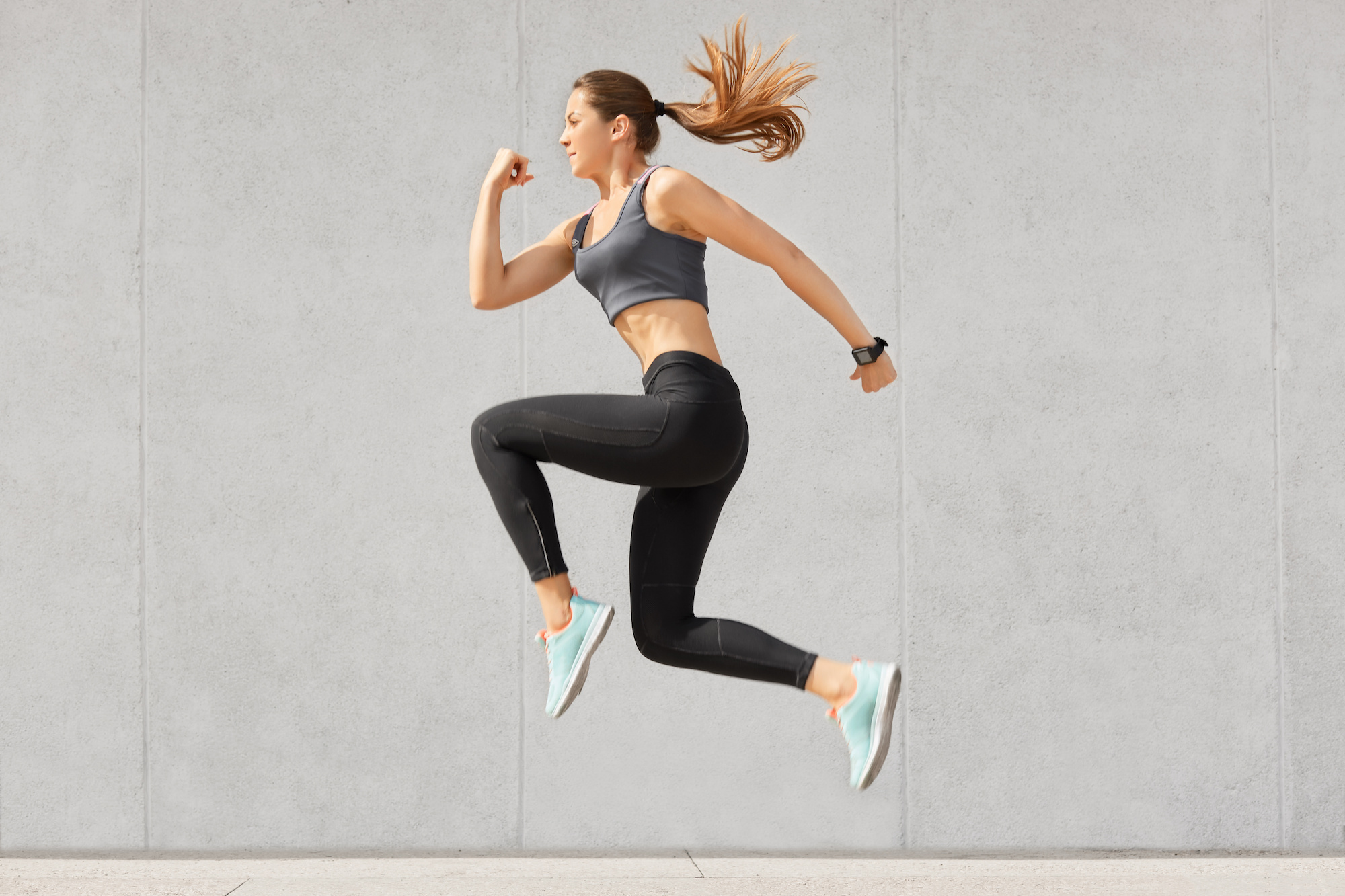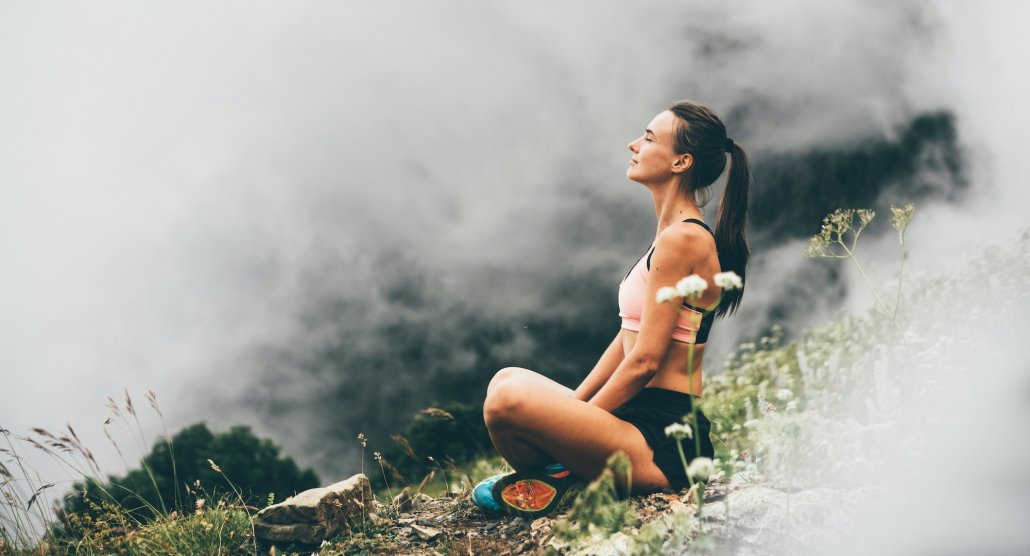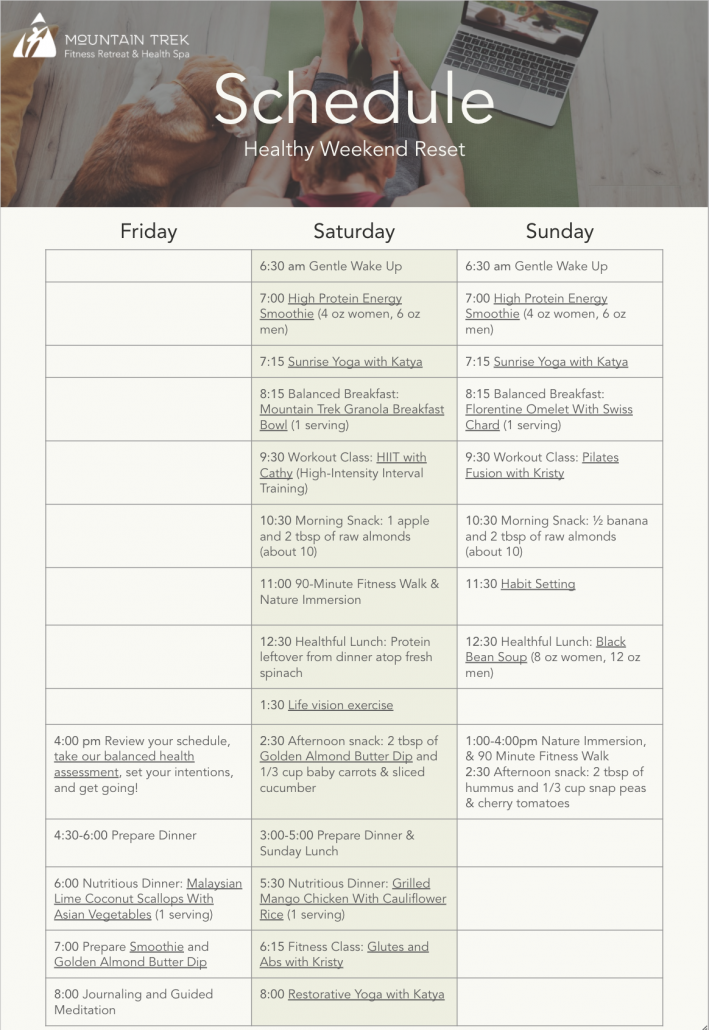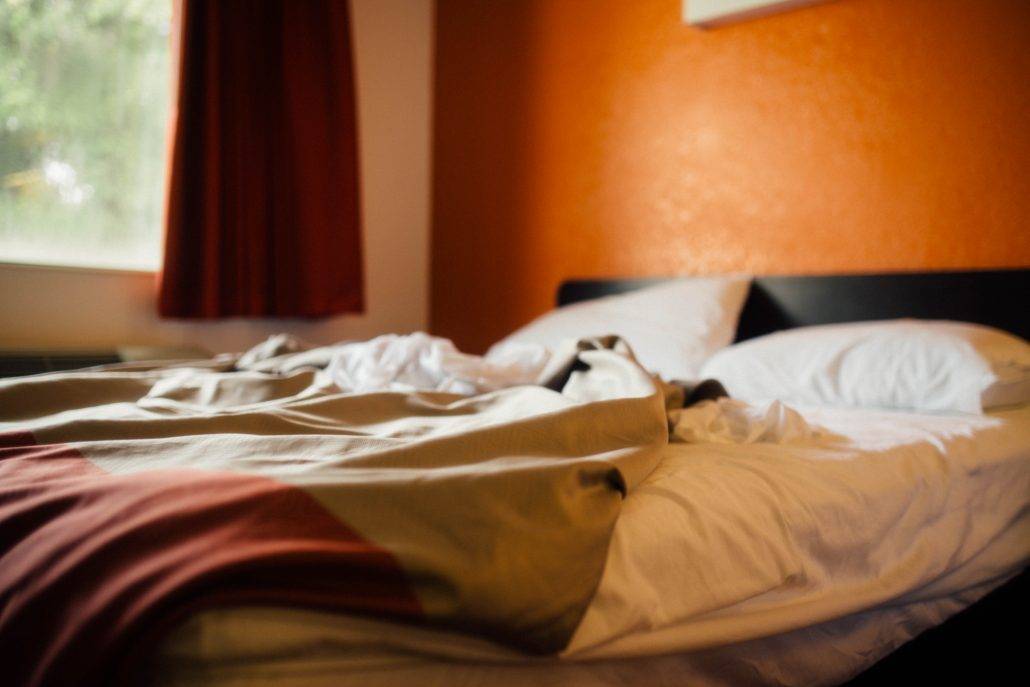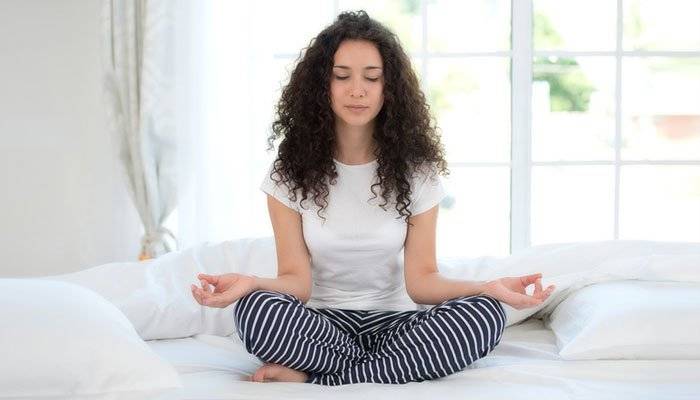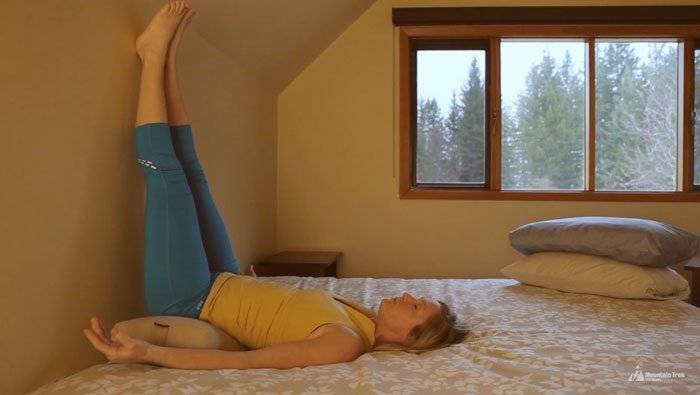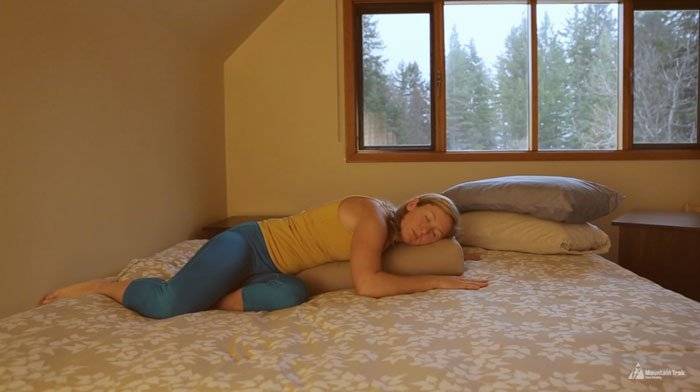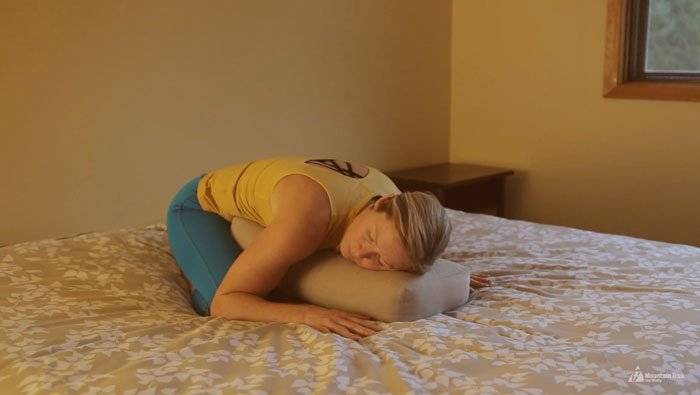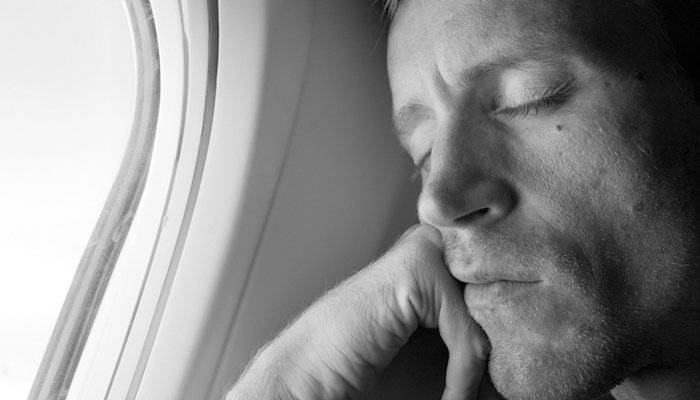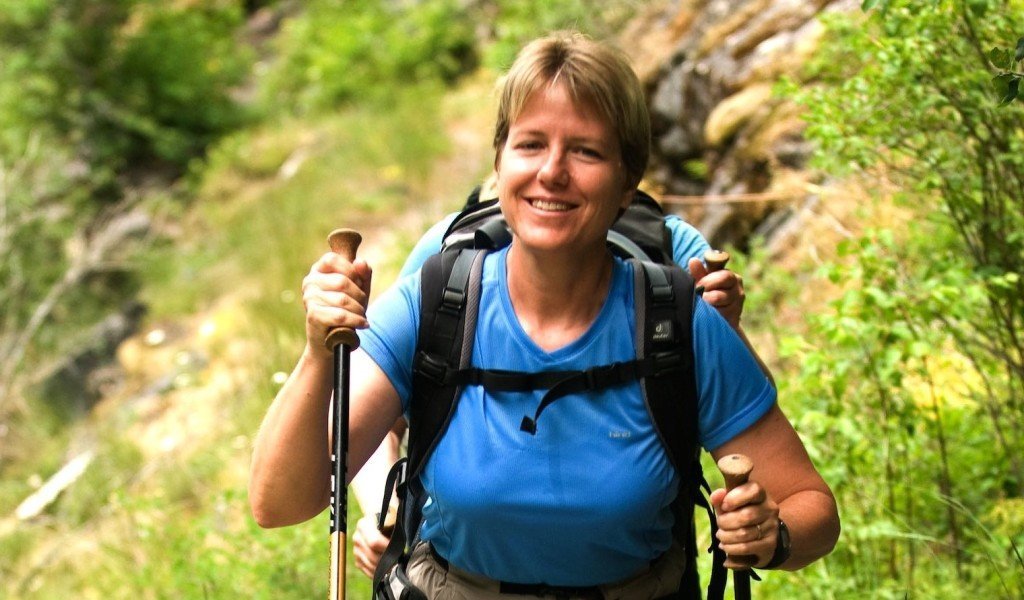Sleep Hygiene Checklist
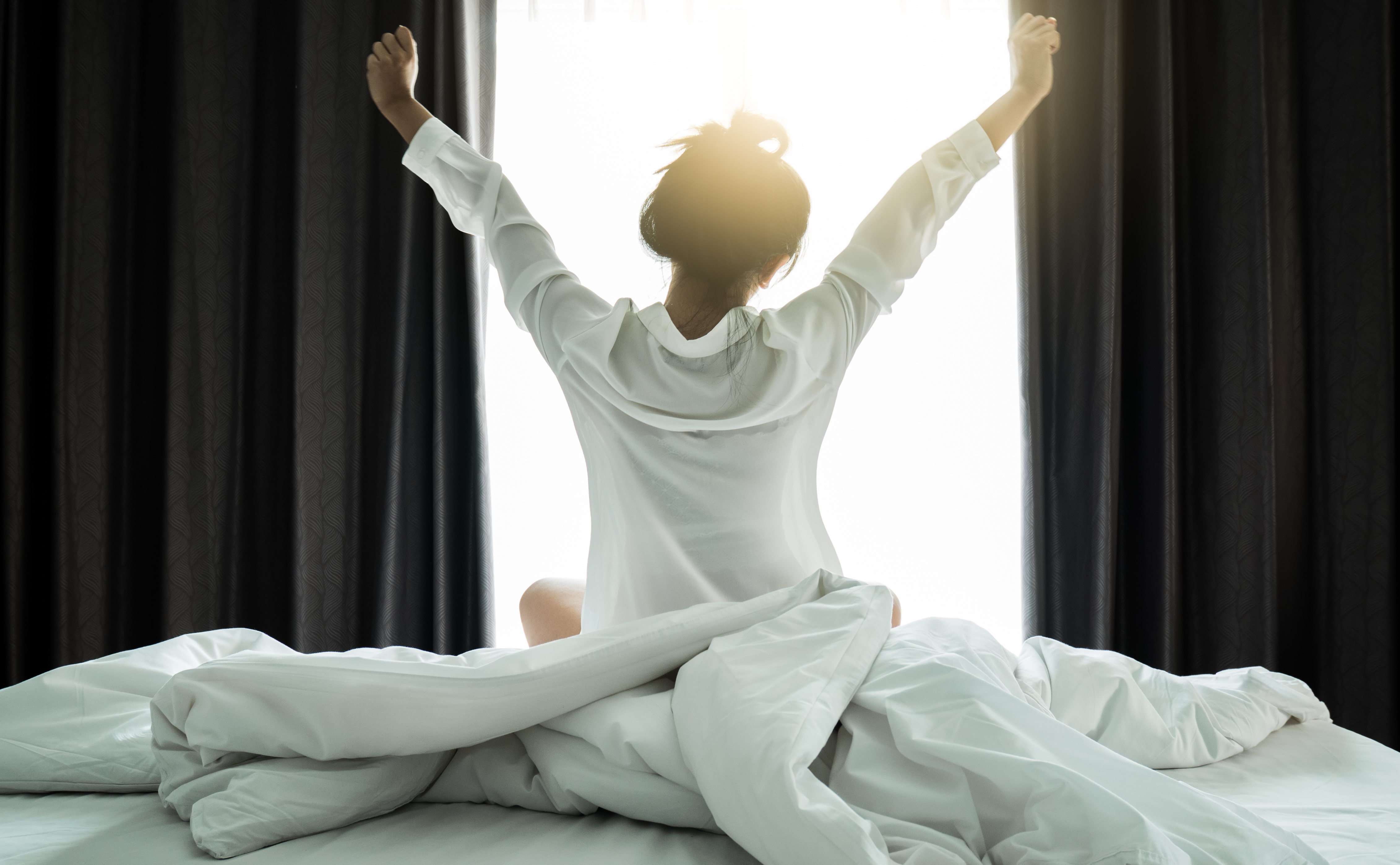
Our sleep hygiene checklist will ensure you get a great night’s sleep
Sleep is critical for our health. While one bad night’s rest may put you in a bad mood, where a not-hot-enough coffee equates to THE END OF THE WORLD, what we’ve really got to pay attention to is what happens to our bodies when we’re chronically sleep-deprived. In come heart disease, weight gain and diabetes, a weakened immune system, low sex drive, and mental health issues, like anxiety, depression, suicidal thoughts, impulsive behavior, and paranoia (this is why sleep deprivation is a highly-effective method of torture). Sleep deprivation is not something to sweep under the rug with a tall cup of frothy caffeine–it’s something to take seriously. Otherwise, your life’s at risk.
It’s now clear that it’s not just during developmental years that you need to clock the correct amount of sleep; for the sake of living longer, you need to make sure you get a good night’s rest at every age. But how do you do this? How, with all of today’s stressors, do you get that kind of sleep where you wake up feeling genuinely refreshed?
Just like anything worth pursuing, you need both hard work and a good strategy to see results. Sleep is an essential component of our health, and something we need to put just as much effort into as our diet and exercise. Spend a week at our sleep-focused health reset retreat, or follow our sleep hygiene checklist below to give yourself a framework that will help you sleep better tonight, and for the rest of your (now longer) life.
Checklist Item 1: Turn your room into a sleep sanctuary
Just like you’d struggle to read a book at a construction site, how can you expect to sleep well in a space filled with disturbances? Here are the basics for setting up your sleep sanctuary:
Never let your phone cross the threshold
Your phone is quickly becoming one of the main causes of your poor sleep. The entrancing blue light your screen emits has a similar wavelength to sunlight, a natural stimulant, they ping and ding throughout the night, and whether they wake you or not, they disturb your sleep. Curtail your spinning brain and fall off into a dream-world by not scrolling through social, news, or email feeds right before, during, or after placing head to pillow.
Read Related Article: 9 Ways To Digital Detox
Your best bet is to make a hard and fast rule: never let your phone enter your room. Charge your phone on a table outside of your room, and make sure it is set to “silent” and/or “do not disturb” mode.
Install blackout shades
Humans are hardwired to get up when the sun rises, but that’s not always necessary, like in the summer months. This is where blackout shades, or curtains lined with blackout fabric, come in handy; as the name implies, they create a blackout effect, blocking light from streaming through your windows, and thus letting you clock in all the hours of sleep you need before waking. The summer’s sunlight aside, we also need to block light from street lights and cars; thanks to our semi-transparent eyelids, we register light from all sources even when our eyes are closed. If blackout shades are not an option, or if you are traveling, you can use an eye mask, but beware: eye masks are often uncomfortable.
Keep your room between 64-66°F/18-19°C
Your core temperature naturally decreases during sleep, so matching this cooler temperature with a cooler room promotes not only falling asleep faster, but staying asleep throughout the night. Don’t go wild and turn your room into a refrigerating chamber–your body will react to being cold by raising stress hormones (it thinks it’s in danger)–but strike a sleep-promoting balance by keeping it between 64-66°F/18-19°C paired with a warm and cozy bed.
Control room noise
The really loud noises that wake you up aren’t the only sounds that disrupt your sleep. Every random car driving by, ring, ping, hum, bang, and buzz—no matter how subtle—is processed by your brain and disrupts your sleep cycle. If you live in an area where there are a lot of disruptive sounds throughout the night, try a white noise machine or earplugs. Yes, white noise machines are sounds themselves, but they produce an even and consistent sound that your brain doesn’t react to, making them great options for drowning out the jarring, inconsistent sounds that do disturb your sleep. Earplugs are another option but tend to be uncomfortable if sleeping on your side. If you’d like to try earplugs, try silicone earplugs—they mold to your ear shape for maximum comfort.
Restrict your bed to only sleep and sex
Stop eating, watching, scrolling, and even reading in bed. These actions just train our brain that when we climb into bed, we’re not there for sleep. If you must read before bed, cozy up in your favorite chair, and use a dim, but not eye-straining, light.
Remove all other distractions
Take the TV out of your room—that’s the biggest distraction culprit–but we’re also calling out anything else you might spend time on that’s not to do with sleeping or having sex.
Invest in a good mattress, pillows, sheets, and duvet
The final piece of the sleep sanctuary puzzle is to invest in quality. Every person is different, so it’s hard for us to tell you exactly which mattress, pillow, sheets, and duvet to buy, but what we can tell you is this: you spend 1/3 of your life in your bed, so you might as well be as comfortable as possible. If you’re a side-sleeper, purchase an extra pillow so you can put it between your legs to improve spinal alignment and comfort.
Checklist Item 2: Start preparing for great sleep the moment you wake up
From the moment you wake up, everything you do affects how well you will sleep that night. And how well you sleep that night will affect how well you do the next day. It’s a cycle, and these days, it feels like more often than not, a negative one. Take the following steps during your day to right the ship and turn your cycle positive:
Soak in some sunshine immediately upon waking
A blast of sunlight first thing in the morning will stimulate your endocrine and central nervous system, reducing grogginess (and, consequently, our dependence on caffeine) and kick-starting your circadian rhythm, making it more likely that your body will cycle into sleep-mode earlier in the night when it’s best to fall asleep (~10 pm).
Exercise, and do it at the right time
Exercise increases the amount of deep sleep we get, which is when both our brain and our body repair themselves. Movement is also positive for our mental health, reducing anxiety, and slowing down our thoughts; two cognitive processes that help sleep quality.
While it’s best to be active and move throughout the entire day, if your routine allows for only one dedicated daily exercise session, exercise after work, well before bedtime. Exercising immediately after work will help you decompress and will allow enough time for your body to return to a calmer state, where you don’t have endorphins and other hormones coursing through your body, making it harder to settle down into sleep.
Eat the right food, in the right portions, at the right time
Going to bed full is a recipe for bad sleep. Your body innately tries to metabolize whatever food is in your stomach, requiring energy and the attention of your autonomous nervous system in the process. This effectively keeps the “engine” running while you’re trying to do the exact opposite—power down and put things to sleep. Make dinner your lightest meal and finish it a few hours before bedtime to give yourself enough time to digest. Skip spicy or heavy foods, which can keep you awake with heartburn or indigestion, and eat magnesium-rich foods, like fish, nuts, seeds, and leafy greens. Magnesium is a vital mineral that regulates melatonin and the neurotransmitter GABA, which reduces activity in the central nervous system, calming us down and reducing stress.
Going to bed starving is no recipe for success, however. If your body is entering a state of starvation, it will release stress hormones that will prevent you from falling asleep (again, your body thinks it’s in danger). Eat a small calcium and magnesium-rich snack, like a bit of milk and some Seedy Trail Crackers with cheese, before bed.
Avoid caffeine 8 hours prior to sleep
Coffee is the obvious perpetrator, but tea, soft drinks, and chocolate all have high levels of caffeine as well. A cup of black tea has about half the caffeine as a cup of coffee, while a cup of green tea, a can of coke, and a serving of 70% dark chocolate all have about one third as much caffeine as a cup of coffee.
Checklist Item 3: Power down your brain, and body, properly
Get off all electronics at least 1 hour prior to sleep
Watching anything good on Netflix usually means there’s drama, emotion, action, or violence involved—all of which leave us in a heightened state. And, as mentioned before, the light emitted by the screens of your TV, tablet, laptop, or smartphone is in the blue spectrum, making it very stimulating. Pry yourself off of your devices at least one hour before sleep to give your body enough time to calm down. At the very minimum, reduce screen brightness and ensure you have night mode enabled on your devices so that you reduce the amount of blue light you’re taking in.
Take a warm bath 90 minutes before bed
In line with lowering your room’s temperature to mimic the process of your body cooling heading into sleep, a hot bath, while initially counterintuitive, has the same effect. Taking a 104-109°F/40-43°C bath will cause blood to go to your extremities (why we are red when we get out), and when blood is in your extremities, vs your core, you lose heat easily and your body temperature decreases. This cooling triggers your circadian rhythm, and your pineal gland kicks in, releasing melatonin, the sleep hormone.
Add Epsom salts to your bath to promote natural detoxification and healing.
Add a few drops of lavender oil to your bath to increase relaxation and calm. Similar to magnesium, lavender regulates the neurotransmitter GABA, calming the central nervous system and reducing anxiety.
Restorative yoga
Supporting your body weight with props and bolsters and holding poses for 5 minutes or more, restorative yoga calms the parasympathetic nervous system and allows you to fully relax and rest. It’s a great practice for your pre-bed routine. Learn four poses you should try from Mountain Trek’s yoga instructor, Katya Campbell, or follow along with this full Restorative Yoga session.
Physical stress release
Target acute areas of stress with spiky stress balls. Place these balls directly under knots and other tight and painful locations and just rest, allowing the ball to massage your myofascial tissues to reduce muscle tension and improve blood flow, similar to how a deep massage works. Or actively roll out. Watch this video to see how to properly use the spiky ball.
Checklist Item 4: Employ techniques to fall asleep
The inability to fall asleep is usually caused by a spinning mind, which, in turn, is usually caused by anxiety, stress, and depression. Anxiety is regretting the future; depression, regretting the past; stress, regretting the present. Regret is just a feeling elicited by thought. If we can teach ourselves to shift our thinking away from regret, we will be able to fall asleep faster. The techniques below are also great if you wake up during the night and find your mind spinning.
“Download” your thoughts into a journal
By the end of a long day, you’ve got a lot on your mind. Instead of climbing into bed and letting these thoughts bounce around inside your head, write them down first. The act of writing down what’s on your mind sends a signal to yourself that you won’t forget anything, allowing you to move on.
Meditate
Meditation, by definition, is the practice of intently focusing your attention on one single thing. Whether that be a candle, your breath, or feelings of gratitude, when you focus your attention, work, your anxiety, depression, and your stress are unable to possess your thoughts. There are thousands of guided meditations available that are specifically designed for sleep. Insight Timer is a great, free resource for meditations. You can easily filter by sleep. And practices such as Tong-Lin are excellent for ensuring your mind is focused on something positive.
Breathe
Often the most simple act holds the most power. Just drawing your attention to your breath and witnessing your inhales and exhales as closely as you can is often the best way to put yourself to sleep. Be specific in noticing where you feel your breath—is it the rising and falling of your chest, or at the tip of your nose—and follow your inhales and exhales in their entirety. Some people benefit from adding a layer and counting the seconds of their breath. This simple exercise is a great way to practice mindfulness and drift off into a great night’s sleep.
Progressive muscle relaxation
Similar in purpose, progressive muscle relaxation is a relaxation technique where you systematically tense, and then release your muscles. For instance, you might start with your toes and work your way up to your head, tensing each muscle as you go during a long, slow inhale, and releasing on the exhale. This is a good exercise for those who prefer more physical vs mental practices.
Checklist Item 5: Develop a routine
Your body craves routine. Routines reduce your cognitive load and energy requirements, which consequently reduces your stress levels, the linchpin to great sleep. It may take you a few weeks to find a routine that works, but when you do find that magic combination, stick to it. Your sleep will continue to improve as your routine becomes a habit. Once it’s a habit, it’s a lifestyle. Congratulations, you have just significantly decreased your risk of mortality.
Now that you have this sleep hygiene checklist, you can make sure that you’re doing everything possible to get a great night’s sleep. If you’re still curious about how to improve your sleep, contact us below, or come visit us for a week of unplugging, resetting, and sleeping deeply.
What is Mountain Trek?
Mountain Trek is the health reset you’ve been looking for. Our award-winning retreat, immersed in the lush nature of British Columbia, will help you unplug, recharge, and roll back years of stress and unhealthy habits. To learn more about the Mountain Trek sleep retreat, and how we can help you reset your health, please email us at info@mountaintrek.com or reach out below:

